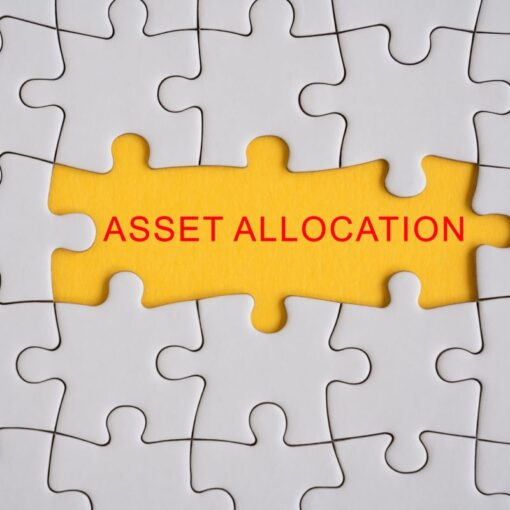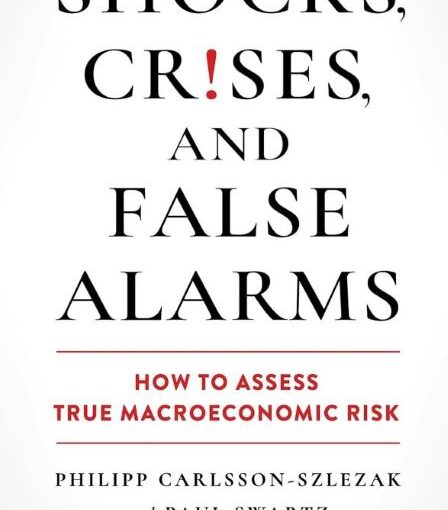Two institutional managers I know — one at a Fortune 500 defined benefit pension fund and another at a municipal pension fund and later an endowment — believe in going all-in on active management. To them, a 100% active allocation is not only okay but desirable. Of course, anyone with any knowledge about the statistical odds of selecting outperforming active managers knows how unbelievable and wrongheaded this approach is.
Which is why I ask active management’s true believers to share their academic and professional insights on why active is the better path. I’ve found it startling that so many in our industry, when they offer any opinion on it all, provide so little in the way of strong and substantiated sources to back up their perspective.
For my part, I have six observations, detailed below, that help guide my approach to the active vs. passive question. Of course, they are far from exhaustive.
After all, manager selection is hardly a simple process. At bottom, it begins with the assumption that active managers can outperform and that those managers can be identified ahead of time. To be sure, the manager selection literature has a vocabulary and a reasonable framework to think about the challenges, but the holy grail of the dilemma — knowing when to go active and when to go passive — remains elusive.
Indeed, active analysis hinges on reasonable forecasts of ex-ante alpha and active risk both in terms of optimizing alpha and strategic asset allocation.
To serve our clients well, we have to keep our eyes wide open on these issues. Active management’s record is dismal. The SPIVA research paints a pretty troubling picture. So does Winning the Loser’s Game by Charles Ellis, CFA, and “The Active Management Delusion: Respect the Wisdom of the Crowd” by Mark J. Higgins, CFA, CFP. Just last month, Charlie Munger described most money managers — that’s us — as “fortune tellers or astrologers who are dragging money out of their clients’ accounts.” While Munger is always great for one-liners, the criticism stings and maybe hits a little too close to home for many of us.
Yet, I have not forsaken all active for passive. But I am taking a hard look, along with others in my firm and in the industry, at how to work through these challenges. Make no mistake, our industry will continue to bend toward passive. But there are possibilities for active. When it comes to manager selection and the active vs. passive debate more generally, I recommend keeping the following in mind:
1. There Are No Bad Backtests or Bad Narratives.
This is especially true coming from sales or business development personnel. But while it is easy to sound good and construct a compelling story, it is much harder to present a quantitative approach that dissects attribution ex-post and understands ex-ante how that process can materialize into alpha. It is a tall order and no pitch that I have heard has ever done it well.
Investors should not have to figure it out on their own. It is reasonable for them to expect active managers to define and measure their ex-ante alpha, especially if they are simply extrapolating it from the past. But investors have to evaluate that ex-ante expectation or have a well-developed forward view of where that alpha will come from.
2. Non-Market-Cap Indexing May Help Identify Market Inefficiencies.
This extends active management into index selection and management. Even small disparities can make a big difference when it comes to how a sub-asset class performs in an index. For example, while market-weighted and designed to reflect the small-cap universe, the S&P 600 and Russell 2000 have very different inclusion and exclusion criteria that can lead to material differences. Moreover, index variations may seek to capture the well-known factors documented in academic and practitioner research — the so-called “factor zoo” — that too many have summarily dismissed.
3. Are Our Biases Our Friends?
If we truly question the efficiency of a market, we may have a basis to prejudge a particular corner of the investment universe and invest accordingly. But such beliefs must go beyond the general and the obvious: We need something more concrete and specific than “the markets cannot be efficient because people aren’t rational.”
4. When in Doubt, Go Passive.
We are all imperfect, but the strength of our convictions matter. If on an ascending 1 to 10 confidence scale, we are only at 7 or even an 8, we should go passive. Given the odds, “warm” is not enough of an inclination to go active.
5. Expenses and Manager Ownership Can Make for Good Screens
Does an active manager charge exorbitant fees? What does the fund’s ownership structure look like? If the answers do not reflect well on the manager or fund in question, it may be a good idea to avoid them.
6. Consider a Core-to-Satellite Approach
This gives us a mistake budget. We can, for example, limit our active exposure to no more than 20% to 30% of our policy allocation. This way our passive exposure will always give us reasonable expectations of returns in the top-quartile over the long run. Top-quartile is impressive.
On a larger level, it may make sense to reframe the whole active vs. passive debate. The question — active or passive? — may not be the right one to ask. Am I getting exposure to the market that I cannot get through a benchmark? Is there a real inefficiency in this market? Perhaps these are the questions we should be asking ourselves.
If you liked this post, don’t forget to subscribe to the Enterprising Investor.
All posts are the opinion of the author(s). As such, they should not be construed as investment advice, nor do the opinions expressed necessarily reflect the views of CFA Institute or the author’s employer.
Image credit: ©Getty Images / Kkolosov
Professional Learning for CFA Institute Members
CFA Institute members are empowered to self-determine and self-report professional learning (PL) credits earned, including content on Enterprising Investor. Members can record credits easily using their online PL tracker.









 Bitcoin
Bitcoin  Tether
Tether  USDC
USDC  XRP
XRP  Lido Staked Ether
Lido Staked Ether  Dogecoin
Dogecoin  LEO Token
LEO Token